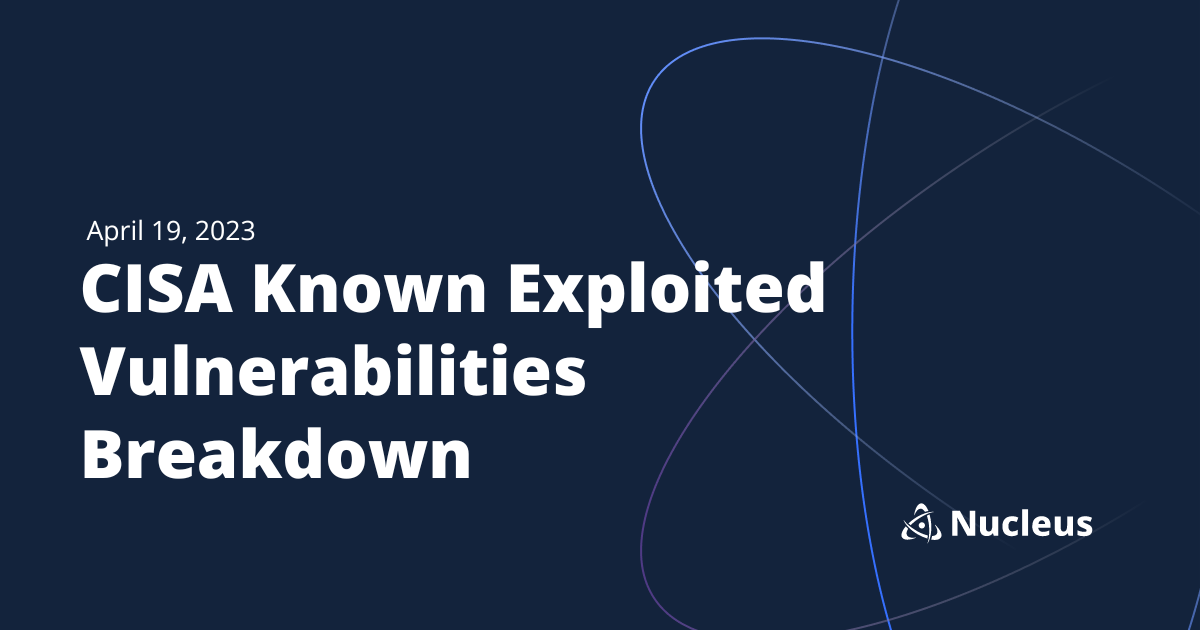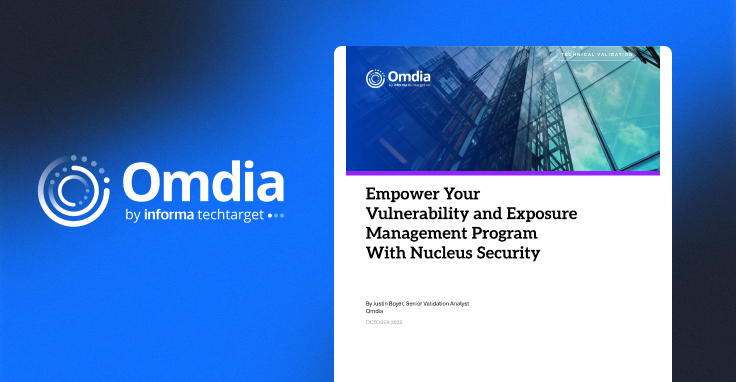April 19, 2023 CISA KEV Breakdown | Cisco

April 19 – 1 New Vuln | CVE-2017-6742
In this CISA KEV Breakdown, one vulnerability was added: A buffer overflow in the Simple Network Management Protocol (SNMP) interface in Cisco routers recently attributed to APT28 in a joint advisory released by CISA, NCSC, and the NSA.
[wptb id=21918]Notable Vulnerability Additions
CVE-2017-6742 | Remote Code Execution Cisco
A buffer overflow vulnerability exists in all versions of SNMP, 1, 2c, and 3 that can allow for remote code execution in Cisco IOS and IOS XE software. It is important to note that the attacker does require authentication to exploit the vulnerability in SNMPv3. In previous SNMP versions, the attacker can utilize SNMP requests to return the SNMP read-only community string for the affected system. This can allow the attacker to exploit the vulnerability in older SNMP versions. Read more about how the devices can be infected in this SocRadar report
NVD specifies that, “All devices that have enabled SNMP and have not explicitly excluded the affected MIBs or OIDs should be considered vulnerable.” At time of writing, no public exploitation code appears available. This appears to be targeted exploitation over a long time attributed to APT28. Read more about APT28 behavior and tactics, techniques and procedures (TTPs) from the NCSC advisory. The NCSC also released a detailed report on Jaguar Tooth malware which utilized CVE-2017-6742 as its primary means of exploitation and specifically targeted Cisco IOS routers.
Security Advisory:
https://sec.cloudapps.cisco.com/security/center/content/CiscoSecurityAdvisory/cisco-sa-20170629-snmp
← April 17, 2023 CISA Kev Breakdown
Click here to expand our CISA KEV Breakdown Frequently Asked Questions
- What makes for a notable addition?
- A notable addition can arise from many different characteristics. If a particular vulnerability is notable to the security community or a subset of the security community or if the EPSS score reveals notable information about the vulnerability, this can constitute further analysis. It may also be the case that a particular vulnerability shines a light on everyday users and we will highlight important information and key takeaways to ensure users and readers have easy access to actionable information.
- When is the Breakdown released?
- We aim to have our analysis of each KEV update posted within 24 hours of the time in which the Catalog is updated. See CISA’s full catalog here
- I am not bound by BOD 22-01 or federal regulations, why should the KEV concern me?
- CISA encourages all organizations to utilize the Catalog as an attribute in your vulnerability prioritization framework. Organizations looking to lessen the scope on known dangerous vulnerabilities and make a goal to remediate them can understand where they currently stand against what CISA has confirmed as exploited vulnerabilities in the wild. See CISA’s section on “How should organizations use the KEV catalog?” here.
- What is EPSS?
- EPSS is the Exploit Prediction Scoring System. It is an open, data-driven effort for estimating the likelihood (probability) that a software vulnerability will be exploited in the wild. See the EPSS home page on FIRST for more information here.
- What is the difference between EPSS probability and EPSS percent?
- EPSS probability is the risk calculated by the model when determining the perceived threat of the vulnerability itself. Percentage is a relative comparison of the rest of the CVEs within the given sample. While the probability only changes upon refreshing the results from the model, the percentage can change purely based on the CVE sample given. In the case of the Breakdown, we use the percentage given by the pool of all CVEs with given EPSS data. Scores may vary post-release of the post given new information about the vulnerabilities and their perceived threat. For more information on applying and understanding EPSS data, see this article on the FIRST website, as well as their FAQ page.
- What is GreyNoise?
- GreyNoise is a platform that collects, analyzes, and labels data on IPs that scan the internet and saturate security tools with noise. Through their sensor network, GreyNoise observes vulnerability exploitation attempts for vulnerabilities that are exploited in the wild over the Internet. These are arguably vulnerabilities that should be at the very top of your priority list to remediate.
- Why are GreyNoise exploitation attempts only observed on ~20% of KEV vulnerabilities?
- Exploitation of many vulnerabilities in the CISA KEV will not be observed for many reasons that GreyNoise does a good job of explaining in this post. For example:
- The vulnerability may not be remotely exploitable
- Vulnerability exploitation may require authentication (and result in privilege escalation)
- The impacted software may not be exposed to the internet
- Mass scanning/exploitation is not occurring yet
- Exploitation of many vulnerabilities in the CISA KEV will not be observed for many reasons that GreyNoise does a good job of explaining in this post. For example:
See Nucleus in Action
Discover how unified, risk-based automation can transform your vulnerability management.































